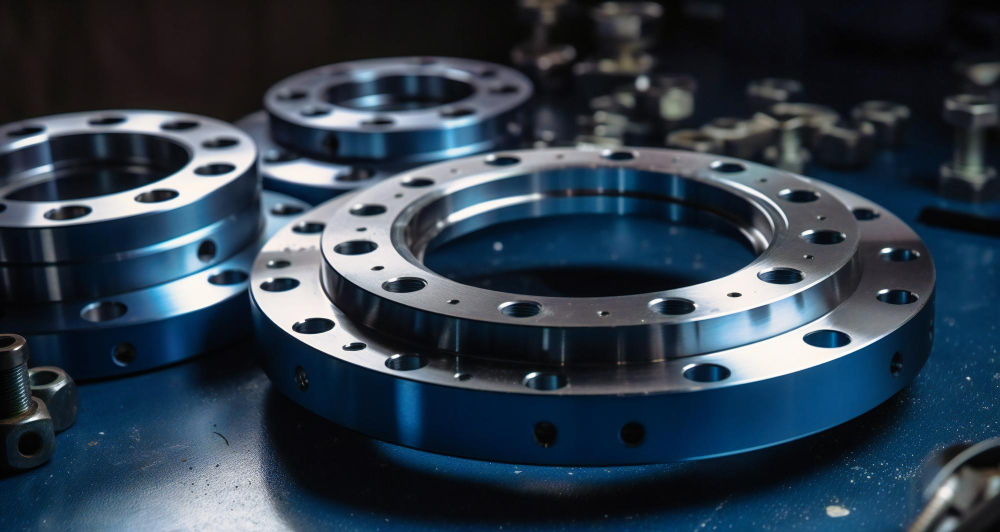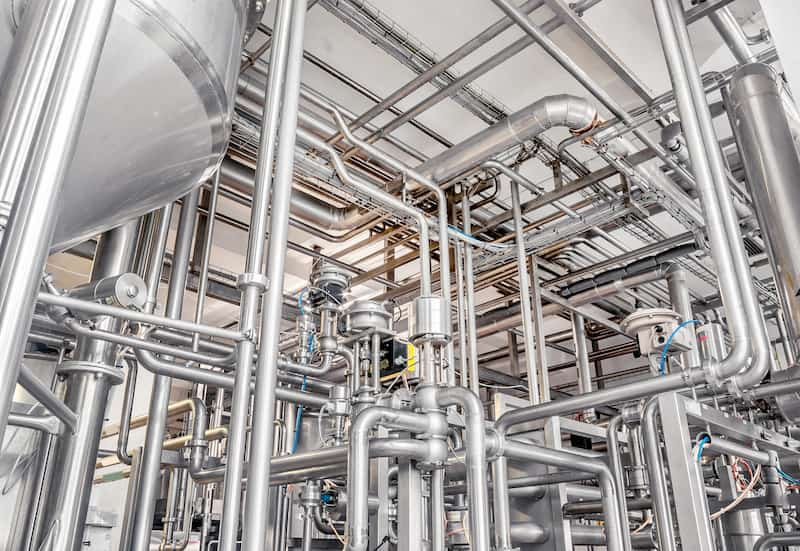
Everything About Welded Fittings: Types And Uses
What are Welded Fittings?
In the piping and fitting arena, the integrity and proper operation of numerous industrial processes depend heavily on welded fittings, which are essential parts of pipe and fitting systems. In this comprehensive guide, we will delve into the essence of welded fittings, exploring their types, sizes, advantages, and diverse applications.
Welded fittings are connectors used to join or terminate piping and fitting components through welding processes. These fittings are designed to withstand the rigors of fluid or gas transport, providing a secure and leak-proof connection. The welding method employed can vary, including processes like butt welding, socket welding, or threaded welding, depending on the special needs of the application.
Piping and Fitting Systems: The Crucial Role of Welded Fittings
Welded fittings serve as the linchpin, enabling the seamless connection of pipes, valves, and other components. Their primary function is to create a strong, durable, and leak-free joint, ensuring the efficient and safe transport of fluids or gases within industrial facilities. Whether in petrochemical plants, refineries, or manufacturing units, the choice of welded fittings is pivotal to the overall reliability of the piping system.
Advantages of Welded Fittings
The use of welded fittings offers several advantages that contribute to their widespread adoption in various industries:
1. Strength and Durability: Welded fittings create robust joints, enhancing the overall strength and durability of the piping system. This is particularly significant in areas where structural integrity is paramount.
2. Leak Resistance: The welded connection formed by these fittings minimizes the risk of leaks, ensuring the efficient containment and transport of fluids without compromising safety or environmental standards.
3. Clean Aesthetics: Welded fittings provide a clean and seamless appearance to the piping system. This not only contributes to a polished aesthetic but also reduces the risk of crevices or spaces where contaminants could accumulate.
4. Adaptability: Welded fittings come in a variety of sizes, types, and materials, offering adaptability to different piping requirements. Their adaptability renders them appropriate for an extensive array of applications in a diverse range of sectors.
5. Reduced Maintenance: The durability and reliability of welded fittings translate to lower maintenance requirements. This can result in cost savings and increased operational efficiency over the lifespan of the piping system.
What are the Applications of Welded Fittings?
1. Oil and Gas Industry: Keeping in mind the oil and gas industry, welded fittings are frequently utilised in pipelines, refineries, and processing facilities. These installations are essential for maintaining the integrity and effectiveness of fluid transportation.
2. Chemical Processing: Welded fittings are preferred because of their ability to sustain a strong link and resistance to corrosion in chemical plants, where potentially hazardous and corrosive compounds are handled.
3. Power Generation: Power plants, including thermal and nuclear facilities, utilize welded fittings in piping systems for the efficient transport of water, steam, and other fluids critical to power generation.
4. Construction: In construction projects, welded fittings are employed for plumbing, HVAC systems, and structural applications, providing reliable connections in buildings and infrastructure.
5. Manufacturing: Welded fittings find applications in manufacturing processes, contributing to the assembly of machinery, equipment, and industrial systems.
Welded Fittings Sizes:
Welded fittings are available in a range of sizes to accommodate the diverse requirements of piping systems. The sizing of welded fittings is determined by factors such as the nominal pipe size, wall thickness, and specific dimensions required for the intended application. Common sizes include standard dimensions such as ½ inch, 1 inch, 2 inches, and larger, with variations based on industry standards and project specifications.
Welded Fittings Types:
The classification of welded fittings is based on their design, shape, and functionality. Some common types of welded fittings include:
- Butt Weld Fittings: These fittings are designed to be welded at the ends of pipes or at pipe connections. Butt weld fittings come in various forms, including elbows, tees, reducers, and caps, providing flexibility in system design.
- Socket Weld Fittings: Socket weld fittings are joined by inserting the pipe into a recessed area of the fitting and subsequently welding around the joint. This type of fitting is commonly used in small-diameter piping systems.
- Threaded Weld Fittings: Threaded fittings have tapered threads on the interior and exterior, allowing them to be screwed onto pipes or other fittings. This type is often used in low-pressure applications and offers ease of installation.
- Socket Weld Threaded Fittings: Combining the features of both socket weld and threaded fittings, these fittings provide versatility in joining pipes and fittings, particularly in applications with moderate pressure requirements.
Selecting the appropriate parts to fulfil the unique requirements of a particular pipe system requires an understanding of the many kinds, sizes, and benefits of welded fittings. The entire effectiveness, safety, and longevity of industrial pipe and fitting systems are greatly impacted by the selection and installation of welded fittings. Welded fittings are essential for maintaining the smooth flow of fluids and gases in the piping and fitting world, including manufacturing, power generating, chemical processing, oil and gas, and construction.
Related Articles
Brass Vs. Aluminium Camlocks: Choosing The Right Material For Your Application
Read MoreExploring the expansion of steel production in GCC and other emerging nations
Read MoreHow Structural Steel Helped The Majestic Architectures Around The World - Part 3
Read MoreHow Structural Steel Helped The Majestic Architectures Around The World - Part 2
Read MoreHow Structural Steel Helped The Majestic Architectures Around The World - Part 1
Read MoreAllowable & Galvanized Iron Pipe Fittings – Trusted Name For All The Pipe Fitting Needs
Read More


































































































































































